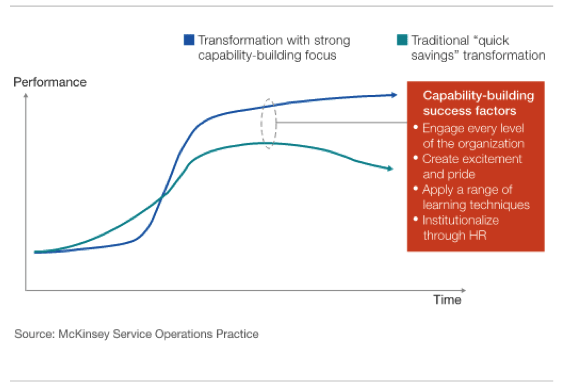Managing customer service expectations has always been a challenge…and things are not getting easier. According to a McKinsey & Company article, “… unprecedented technological change and access to data have made customers better informed and more demanding than ever, while the rise of social media gives them more power to publicize their experiences—making each customer interaction more important.”
Customer service work has a number of inherent difficulties ranging from variable spikes in demand to responding quickly and accurately to the wide variety of questions taken by representatives both in product showrooms and in call centers. The platform shown at https://www.gladly.com/ could be the answer to a number of customer service dilemmas.
The human element is key. Customer service reps must be flexible both mentally and in terms of their schedules, all while maintaining a professional and friendly attitude. Customer service reps are also a company’s front line and, therefore, an important strategic asset if leveraged properly. It is they who can listen and identify issues and trends within the customer base that otherwise might go unnoticed. In fact, it is they, at times, who provide the best possible solutions.
In an environment like this, people need to be a company’s greatest asset. Companies must prioritize building each employee’s skills set in order to make them the very best. Building their capabilities, however, is just one aspect of optimizing performance. Communicating the value that they both as individuals and as teams are creating is essential to morale and corporate culture. “Once people see the value they can create, they can engage more deeply in their work in ways that give an organization not just short-term performance, but the long-term flexibility and resilience that are essential to thrive over the long-term.”
Capability building is most successful when the four success factors are implemented:
- Engage every level of the organization: “Capability building is necessary at every level, all the way to the executive suite.
- Create excitement and pride: “Excitement and pride for the organization represents a real opportunity for the future of the company and its employees. This can help raise the overall profile of the company as a great place to work and serve clients.”
- Apply a range of learning technique: “Learning techniques can include anything from concrete experience, abstract conceptualization, active experimentation or reflective observation. Capability building works best when not in a classroom setting, but an actual working environment where more realistic situations can play out.”
- Institutionalize through HR: “Capability building must be inserted in HR processes, so they can become part of the organizations culture.”

